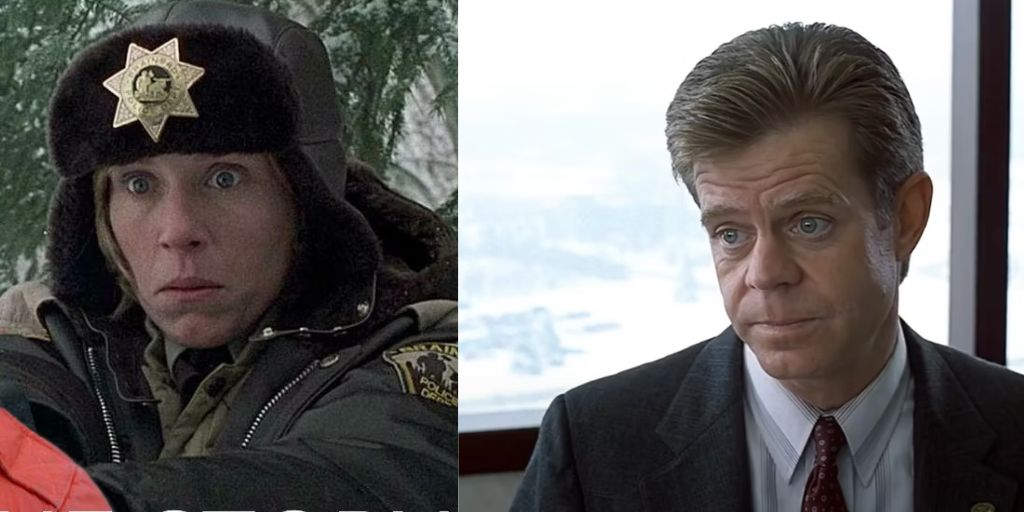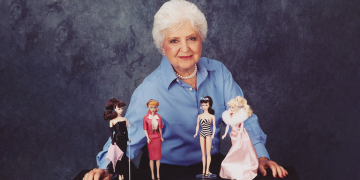The Fargo franchise claims to be based on a true story, but the movie and TV show mix real events with fiction. The 1996 film by the Coen brothers starts with a title card saying, “The events depicted in this film took place in Minnesota in 1987.
At the request of the survivors, the names have been changed. Out of respect for the dead, the rest has been told exactly as it occurred.” This suggests the story is true, but it’s more fiction than fact.
Twenty years later, FX and Noah Hawley turned Fargo into an anthology series. While none of the five seasons directly follow the movie’s plot (though Season 5 is somewhat similar), they all start with a version of the same “true story” claim.
This isn’t really true. Most Fargo stories are made up, though the Coens’ movie includes some real details. Jerry Lundegaard, played by William H. Macy, was inspired by a real General Motors employee who committed fraud with vehicle serial numbers.
The famous woodchipper scene was inspired by the murder of Helle Crafts in Connecticut, where her husband used a woodchipper. These two details are the only parts of Fargo that are real. Joel Coen confirmed in an interview that the rest of the movie is fiction.
The Fargo TV show doesn’t use real-life inspirations; Hawley said in an interview that every season is “all just made up.” He creates characters and plots from scratch without looking for true crime stories.
Even though Fargo is not based on real events, it effectively tricks viewers into thinking it is. The show sets its stories in familiar historical settings to make them seem more believable. For instance, Season 4’s crime syndicates in Kansas City have real historical roots, and Season 2 included Bruce Campbell as Ronald Reagan.
Season 5 is the most similar to the movie’s plot, involving a housewife’s abduction, rich in-laws refusing to pay ransom, and a mild-mannered husband at a car dealership. This season links back to the original true-crime inspiration for the movie.
Both the film and TV show use the “true story” claim as a playful trick, making the audience believe these stories are real. This clever deception helps keep viewers interested, especially in the TV format with its week-by-week episodes.
The Coen Brothers were already known for movies like Blood Simple, Miller’s Crossing, and Barton Fink, but Fargo was the film that really made their unique style popular. The fake true story claim was a bold way to stand out and break storytelling conventions. For example, Fargo’s main character isn’t introduced until the second act, and there’s a random scene with Mike Yanagita that seems unrelated to the main story.

The Coen Brothers have continued to defy expectations in their later films, such as The Big Lebowski, No Country for Old Men, and Inside Llewyn Davis. Knowing that Fargo’s true story claim is a lie adds to the humor.
The movie’s claim grabs viewers’ attention with a serious tone that is quickly undermined by the film’s quirky and awkward moments. Fargo skillfully blends dark violence with odd humor, and the “true story” claim helps set the stage for this unique mix.
The clever use of the “true story” claim in both the Fargo movie and TV show is a perfect example of how storytelling can play with audience expectations. By blurring the lines between fact and fiction, the creators have crafted a unique experience that keeps viewers engaged, even when they know the truth.
This playful deception is not just a gimmick but a key element that adds depth and humor to the narrative. Whether it’s the Coen Brothers’ film or Noah Hawley’s series, Fargo continues to entertain by making us question what’s real and what’s not, all while delivering memorable, offbeat stories.





